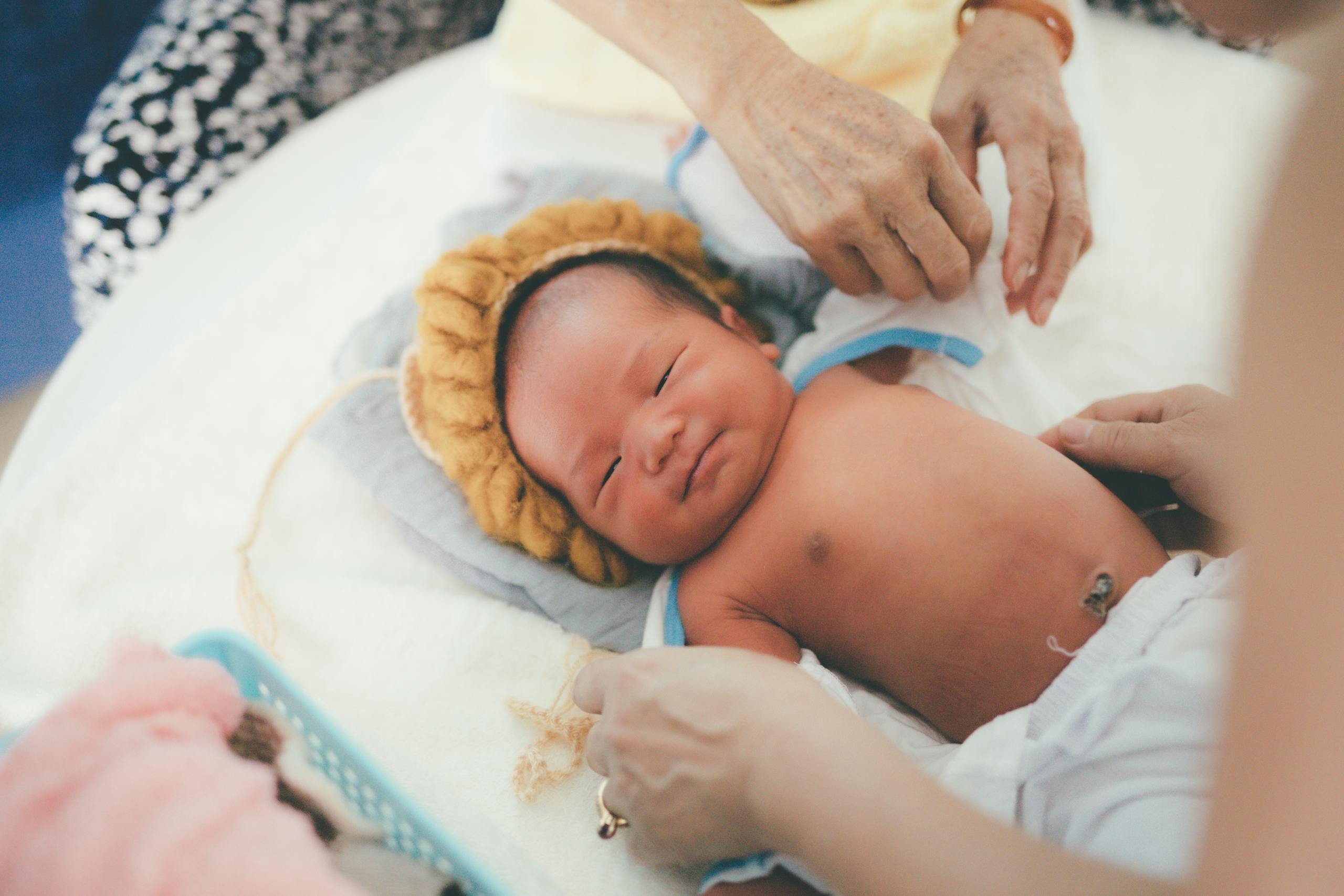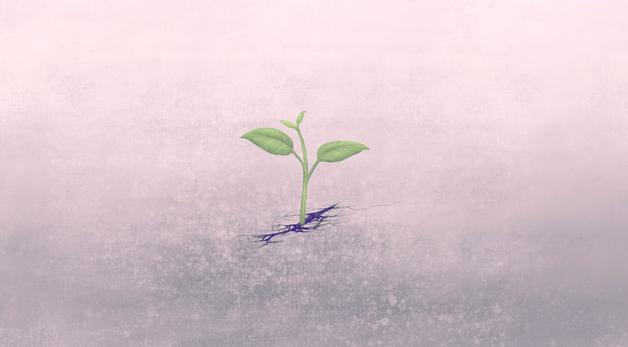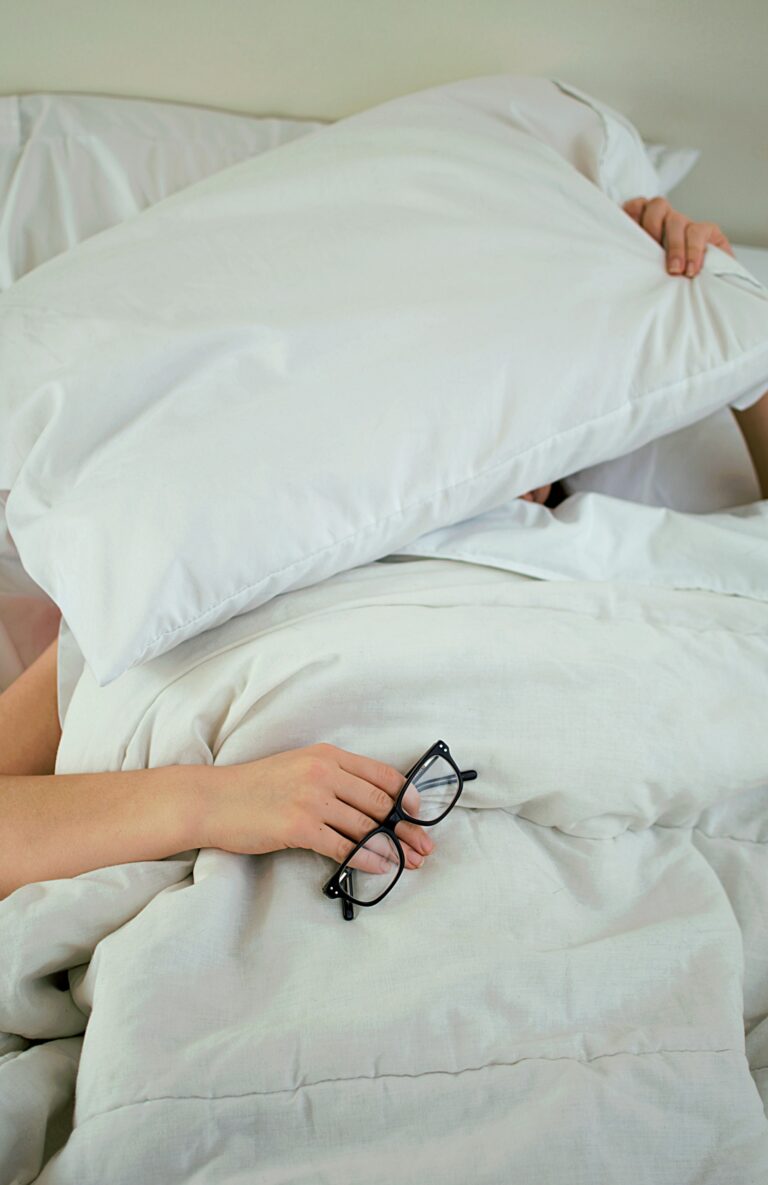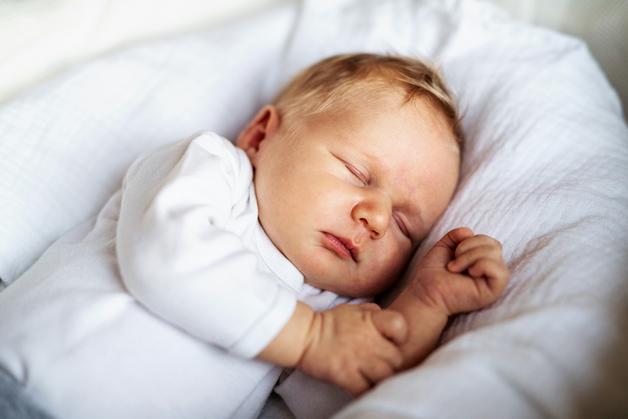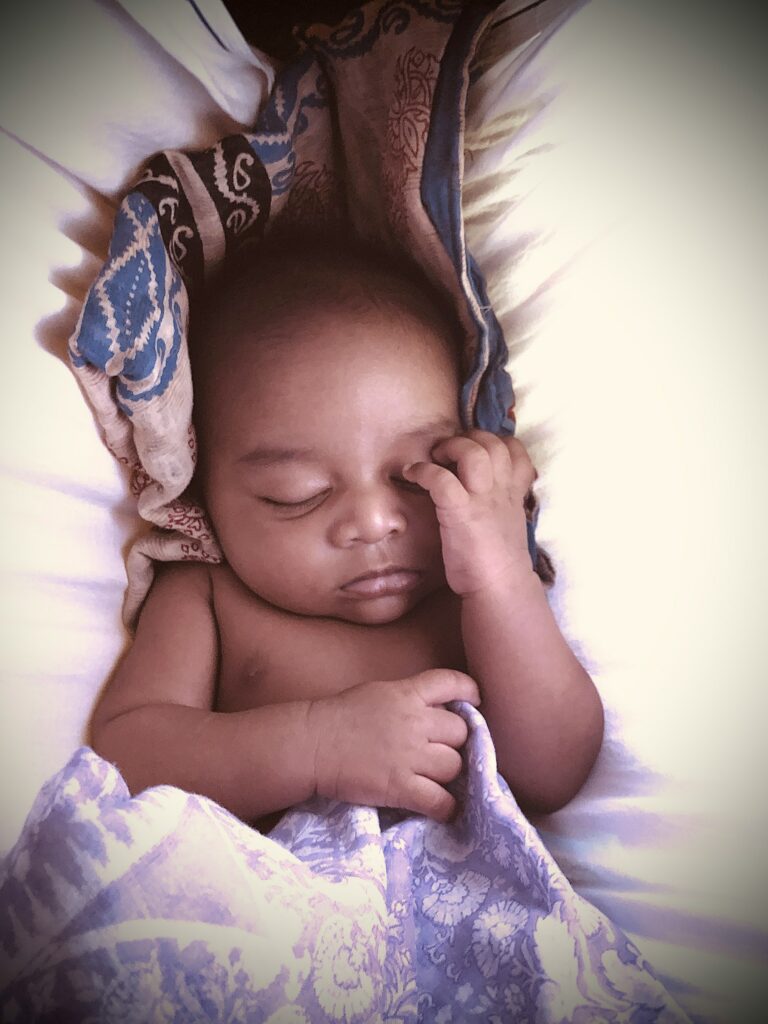Welcoming a newborn, the days are a delicate blend—joy threaded with uncertainty, simple gestures suddenly loaded with significance. Umbilical cord care. Even the phrase can stir a parent’s curiosity, and perhaps a hint of apprehension. “Am I cleaning too much? Too little? Should it look like that?” If you have found yourself with these questions circling your mind, you are not alone. Nearly every parent scrutinizes the drying umbilical stump, wonders about sponge baths, debates the best diaper folding technique, or pauses at a slight change in colour. Here, let’s unravel the essentials—practical actions, science-backed recommendations, traditions, and innovations. You will see how to protect your baby from infection, understand why the cord dries and falls, and recognise which signs need quick attention from your healthcare provider. With a mix of medical knowledge and empathy, discover what makes for safe, gentle, and effective umbilical cord care.
The Umbilical Cord: Structure and Significance
Before the first cry echoes, the umbilical cord is already a lifeline—a literal bridge connecting placenta and baby, composed of two arteries and a single vein bundled within Wharton’s jelly (imagine a soft, supportive cushion that shelters these vessels). Wharton’s jelly, made of mucoid connective tissue, keeps the cord pliable and guards the precious blood flow. During pregnancy, nutrients and oxygen travel down this cord, while waste takes a reverse route away from your little one. Within moments of birth, the cord is clamped and cut—painless for your child, simply marking the transition from womb to the outside world.
An emerging practice—delayed cord clamping—means waiting about 30–60 seconds before cord cutting, giving extra time for blood from placenta to reach your baby, enhancing iron stores and supporting optimal development. Globally, and especially across India, this is increasingly recommended, aligning with WHO advice.
Everyday Steps for Safe Umbilical Cord Care at Home
Cleanliness: Gentle, Mindful Touch
Begin with what seems almost too simple: always wash your hands before even the gentlest touch on the stump. Why this ritual? The unhealed cord area is susceptible to pathogenic bacteria—invisible to the eye but swift to cause omphalitis, a real risk for newborns. For cleaning, resist temptation toward fancy solutions. Plain water and a soft sterile cloth are all you need during sponge baths. Recommendations consistently guide parents away from daily alcohol or antiseptics unless specifically directed by a healthcare professional (in some higher risk areas, chlorhexidine 4% may be suggested).
What about those moments when the diaper leaks or stool comes into contact? Carefully clean the base with mild soap (fragrance-free, ideally), rinse thoroughly, and pat dry with a delicate towel. Always avoid rough fabrics, and never try to rub at the stump or loosen it yourself.
Dryness: The Cornerstone of Healing
Moisture: a friend to bacteria, an obstacle to healing. Quick sponge baths, a folded-down diaper below the cord, exposure to gentle air—these simple acts foster an environment where drying proceeds unhindered. Air-drying, rather than covering the stump tightly, significantly reduces infection risk. Opt for loose, breathable clothes—cotton, with minimal pressure across the stomach. Avoid bandages, creams, powders, or any plastic covers that would trap humidity.
Wondering about baths? Stick to sponge cleaning until the umbilical cord stump falls off and the skin is fully healed underneath. Once that milestone is reached, feel free to gradually return to baby’s first gentle water soaks.
Patient Watchfulness: Letting Nature Take Its Course
It is natural to wait, to anticipate. The stump transforms—at first a pale, fleshy column, then turning to brown or black, shrinking, hardening. Most often, it falls away between 7 and 21 days post-delivery, occasionally lingering up to three weeks. Seeing a few drops of blood or a small scab at detachment? Normal. What you should never do: pull, twist, or cut the stump. Premature removal or harsh handling can open the door to bacteria, increase bleeding risk, and slow down healing.
If you spot a persistent moist, pinkish lump—a so-called umbilical granuloma—take note. This benign tissue overgrowth, often oozing a clear-yellow fluid, is a common occurrence post-healing, and while typically painless, it’s worth showing to your paediatrician. Sometimes, a simple in-office application of silver nitrate (not for home use) can help close it.
The Healing Process: What to Observe
The natural sequence is almost always predictable, though each baby’s timeline varies. Early days, the stump is firm, gradually desiccating, colour deepening from yellow to brown, eventually black. By the second or third week, it typically loosens, leaving behind a soft pink spot or thin scab. In nearly all cases, this spot will dry up within a few days, marking the formation of your child’s belly button. No two healing processes look identical—some cords shrink and curl, others seem to hold on longer.
Do not panic over mild odour, momentary pinkness, or a brief trace of dampness around the navel in the first days after detachment. Such features are usually signals that skin is closing and final healing is underway.
Warning Signs: When Immediate Medical Attention Is Needed
Most parents quickly learn to observe, to question changes. Still, in the swirl of new parenthood, clarity sometimes slips. Certain signals from the umbilical cord area should always prompt a call to your healthcare provider:
- Spreading redness radiating outward from the navel
- Persistent fever (rectal temperature above 100.4°F / 38°C)
- Noticeable foul smell coming from the cord or any formation of pus
- Active, unrelenting bleeding that cannot be stopped with gentle pressure
- Swelling or warmth around the belly button
- The stump clinging on more than three weeks after birth
- A persistent lump or granuloma with continuous oozing
- Bulging or protrusion at the navel, suggestive of a possible hernia
- Extra fussiness, feeding difficulties, or unusual sleepiness in your baby
Trust your instincts—if something seems off, seek medical advice swiftly. Umbilical cord care is straightforward, but even minor variations deserve respect and observation.
Umbilical Cord Care: Infection Prevention and Scientific Recommendations
The single greatest preventive measure? Hand hygiene. Whether you are a parent, grandparent, or healthcare worker, clean hands act as the barrier between bacteria and your vulnerable newborn. Letting the stump dry, keeping it exposed to fresh air, and refraining from unnecessary powders, ointments, or home remedies (even those passed down in the family) are evidence-based, safety-promoting actions.
Current WHO and national guidelines in India recommend “dry cord care” for healthy, term infants in clean settings. In rural or high-risk environments, daily chlorhexidine application for the first week of life may be advised by healthcare professionals—offering a shield against neonatal sepsis. In hospitals where hygiene standards are assured, continued dry care is safe for most infants.
Special protocols exist for premature or low birth weight babies, given their increased susceptibility to infection. Neonatal teams will often use sterile techniques for every cord contact, and may provide bespoke advice for home management after discharge.
Cultural Beliefs and Practices: Finding Balance
In many households, the umbilical cord is wrapped in tradition—herbal powders, metallic coins, ceremonies marking detachment, and even saving the stump as a keepsake. Such rituals hold meaning, fostering bonds and celebrating the child’s entry into the family. Still, it is vital to ensure any substances or materials used are scrupulously clean and non-irritating. The intersection of modern medicine and tradition is not adversarial; healthcare providers are more than willing to discuss customs lovingly, seeking the safest approach for each family. Open dialogue fosters both cultural respect and medical safety, helping families honour cherished rituals while maintaining optimal umbilical cord care.
Advances and New Resources in Umbilical Cord Care
Technology is stepping in, not to replace touch or intuition, but to enhance confidence. In some regions, chlorhexidine-impregnated cord pads, next-generation antimicrobial dressings, and mobile health tools offer hope for safer healing. Cord care kits with sterile tools are distributed in remote areas; smartphone apps provide stepwise reminders and track healing progress, with digital checklists enhancing parental observation skills.
As new discoveries emerge, guidelines and products will continue evolving. Parental education—your willingness to ask, learn, adapt—remains at the heart of every successful healing story.
Key Takeaways
- Umbilical cord care is grounded in simplicity: clean hands, a dry cord, and patient observation make up the essentials.
- Do not use alcohol, creams, powders, or bandages unless a doctor explicitly recommends it.
- The stump should fall within 1–3 weeks; any delay or signs of redness, pus, fever, or pain require prompt medical evaluation.
- Special care is needed for preterm and low birth weight babies; follow custom-made advice from your healthcare team.
- When family traditions are important, discuss openly with your paediatrician—many practices can be respected safely.
- Innovations like chlorhexidine, bioactive dressings, and digital tools, increasingly available in India, enhance protection and support.
Above all, trust observation and gentle care. When in doubt, healthcare professionals are your partners—and resources are accessible for every family. For added guidance, download the application Heloa to benefit from personalised tips and free child health questionnaires, supporting you through those early days.
Questions Parents Ask
How should I dress my baby to avoid irritating the umbilical cord stump?
Soft, loose clothing is ideal for supporting umbilical cord care. Outfits with open bottoms or snap fronts make diaper changes easier and reduce friction. Prevent snagging or tightness across the belly by folding diapers below the cord and choosing natural fabrics like cotton.
Can I bathe my baby before the umbilical cord falls off?
It is best to offer sponge baths until the cord falls and the belly button completely heals. Use a soft, moistened cloth—focus on gentle cleaning while avoiding soaking the stump area. Once healing is complete, regular baths can be gradually resumed.
Is it safe to use creams or ointments on the umbilical cord stump?
Normally, applying creams or powders is not recommended, as these products can trap moisture. Let the area dry naturally for best results. If you notice anything unusual, speak openly with your doctor before trying any new applications.
When will the umbilical cord stump fall off?
Usually, it detaches between one and three weeks after birth. Individual variation is normal—patience is important.
What are warning signs that need medical attention?
If you see spreading redness, persistent bleeding, foul odour, pus discharge, swelling, or fever, consult your doctor without delay.
What is Wharton’s jelly, and why is it important?
Wharton’s jelly is a protective substance surrounding the vessels in the umbilical cord. It ensures those fragile channels stay cushioned during pregnancy. Post-birth, it plays no further role in healing.
What is delayed cord clamping, and why is it done?
Delayed cord clamping means waiting 30–60 seconds after birth before clamping the cord, allowing extra blood flow that supports the baby’s iron levels and early health.
What is an umbilical granuloma?
A small, moist, pink or red bump at the navel after the stump falls off; usually harmless and often treated simply in the clinic.
Can cultural rituals be continued safely?
Open communication with your healthcare provider is important. Many customs can coexist with evidence-based umbilical cord care, provided hygiene is not compromised.
If any question lingers or concern remains, remember: reassurance, timely care, and reliable advice are always within reach.
Further reading:

